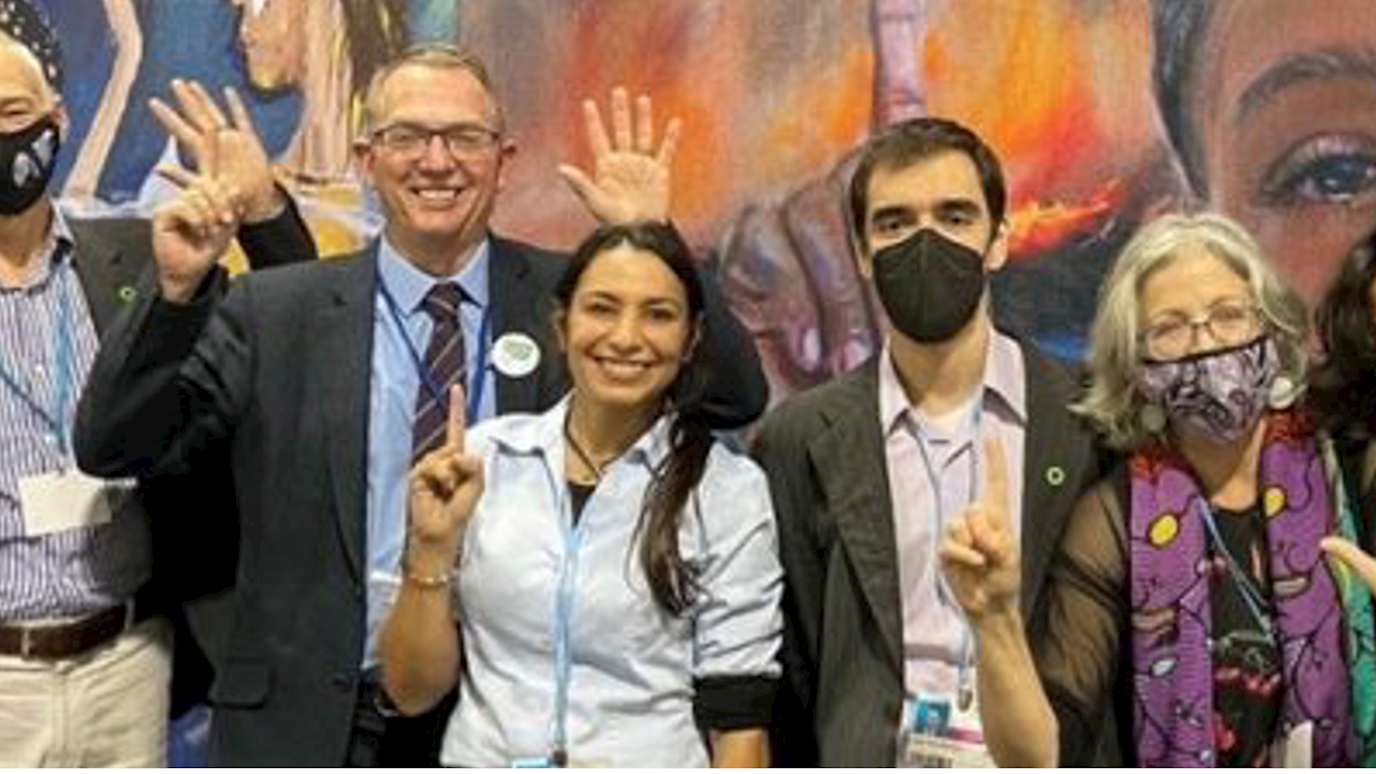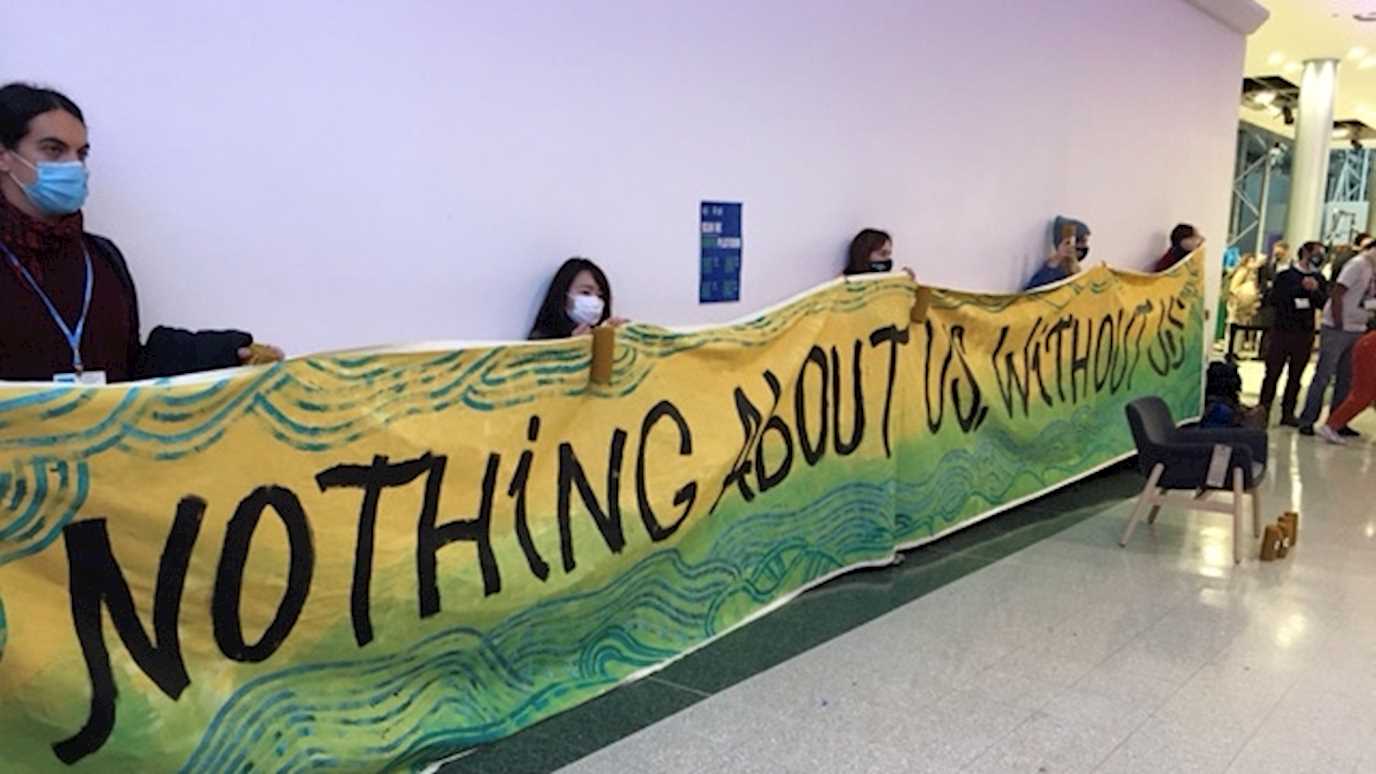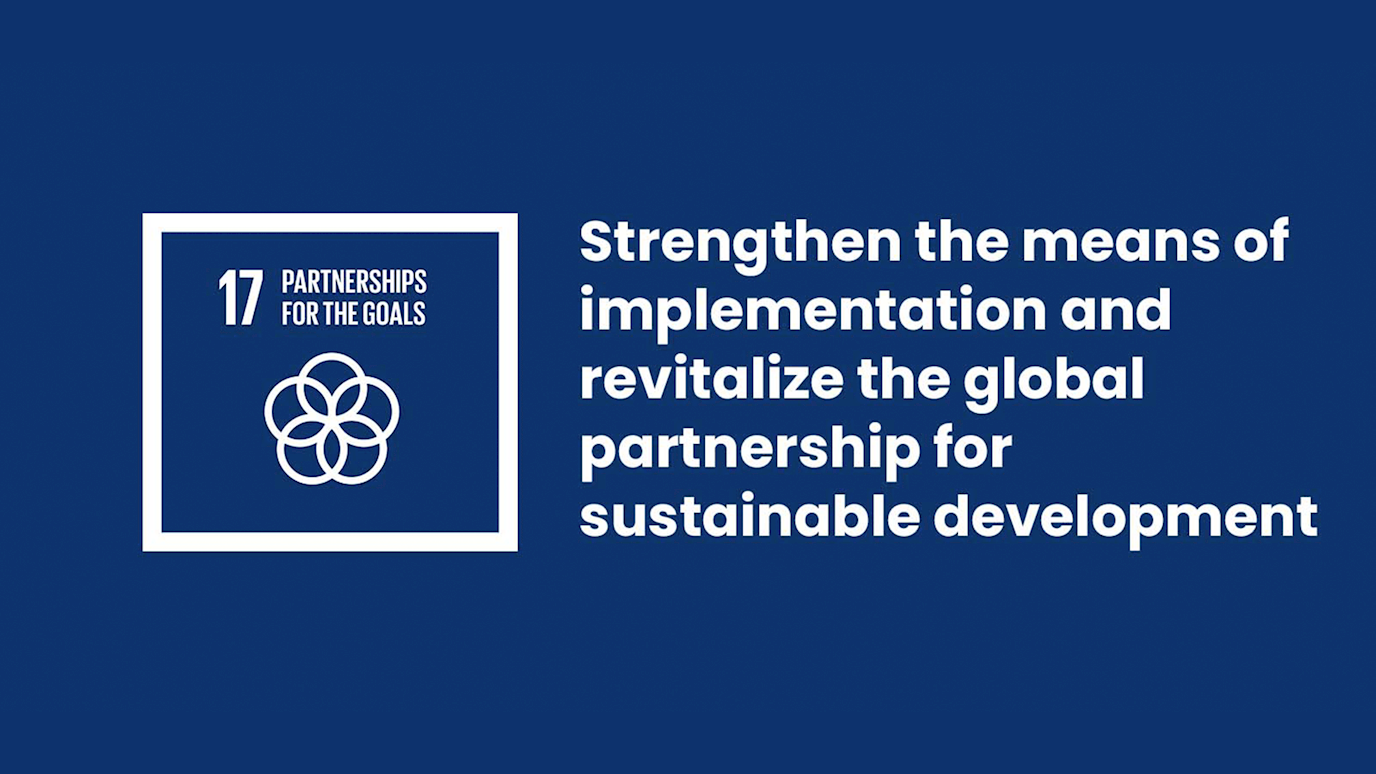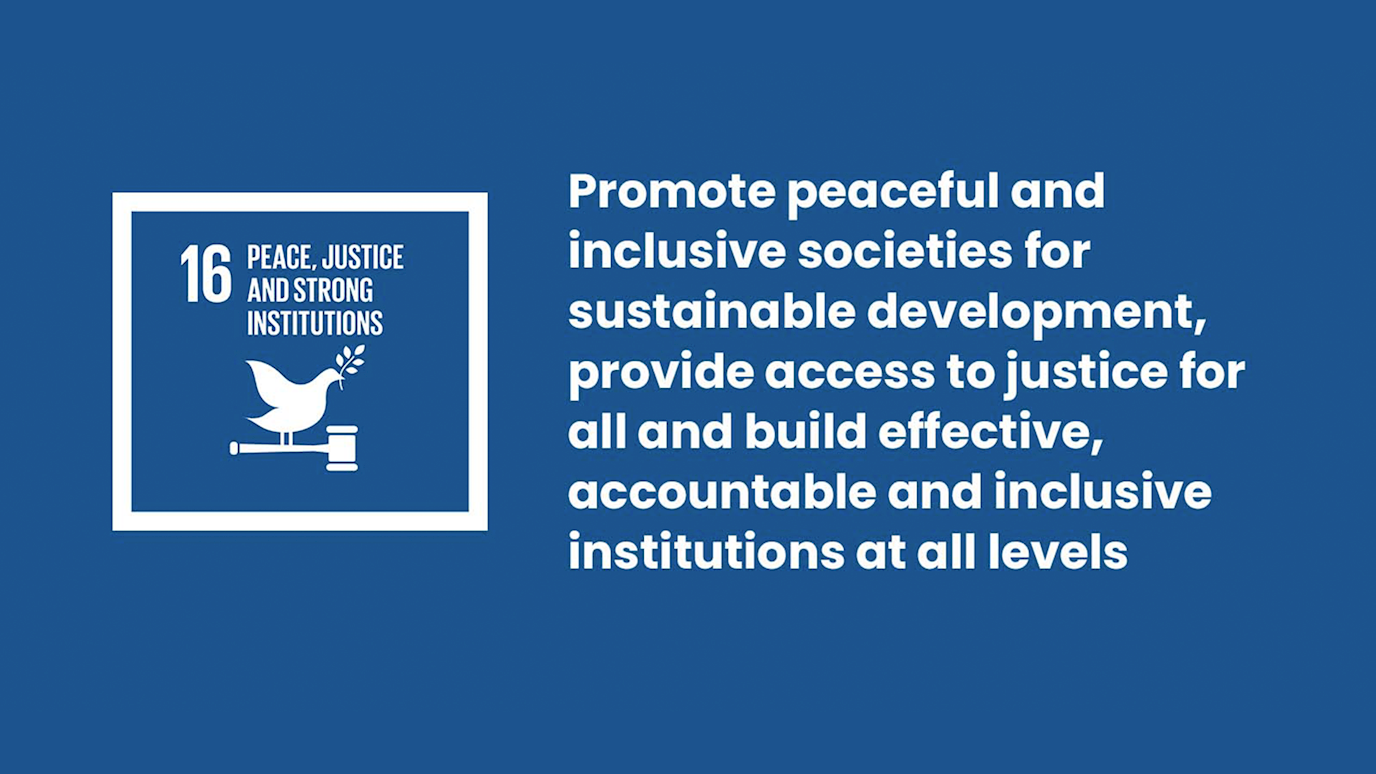As our global population becomes ever more urbanised, sustainability planning will need to focus on how we ensure that life in the city is adaptable and resilient, writes Paris Chronakis.
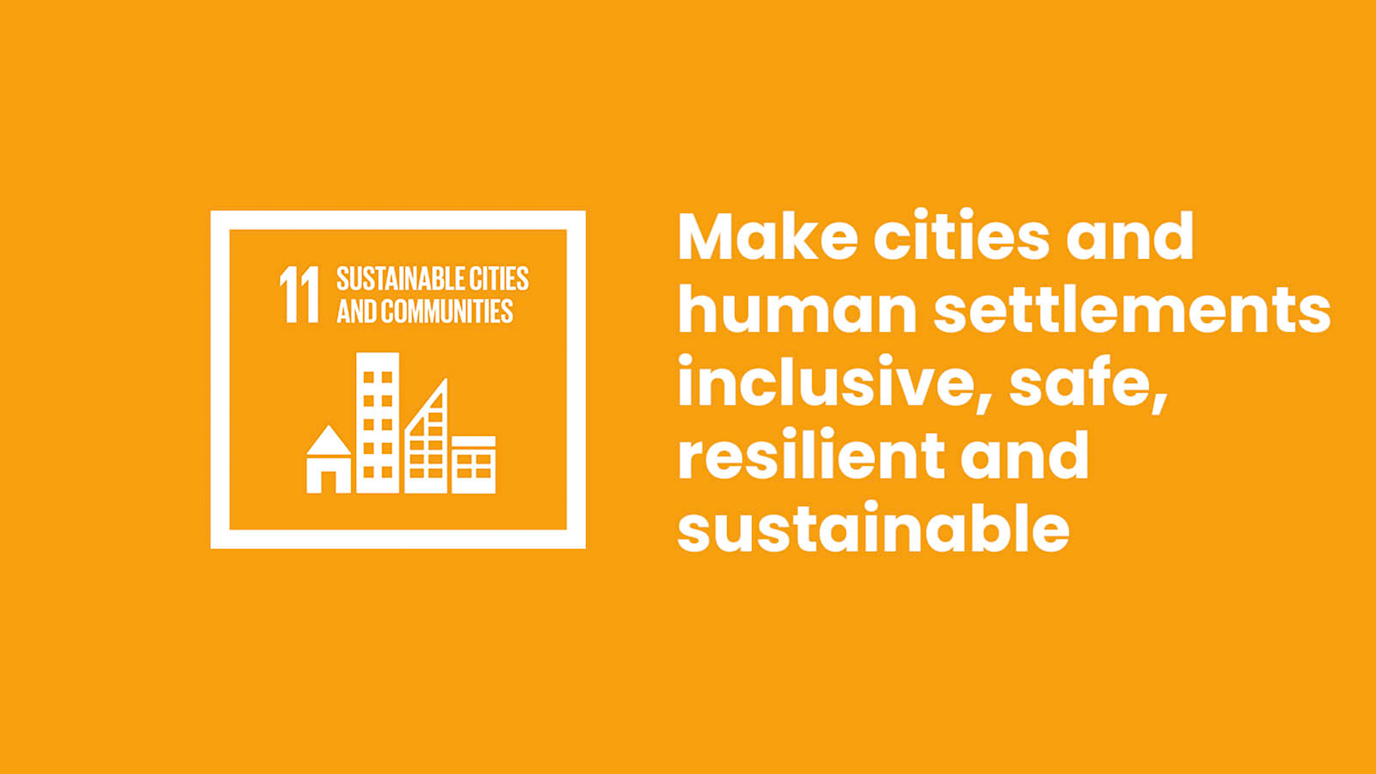
Around 56 per cent of the world’s population currently lives in cities and that figure is set to rise as we advance further into the present century. About half of that figure live in towns and cities of less than 500,000 people. The greatest concentration of population by cities is found in the Americas and Europe, but by 2050 much of the growth in urban numbers will be found in Africa and Asia. In 2050, nearly 70 per cent of us will be living in towns and cities. As our global population becomes ever more urbanised, sustainability planning will need to focus on how we ensure that life in the city is adaptable and resilient. The COVID-19 pandemic has placed further pressures on ensuring communities are sustainable, as inequalities in healthcare and welfare have meant that poorer and vulnerable citizens and migrants have borne public health restrictions and exposure to health risks.
Cities are integral to all the SDGs. Specifically, SDG 11 addresses how cities are made resilient, sustainable, and safe. There are 10 targets and 15 indicators. The topics addressed by SDG 11 are wide-ranging, including cultural and natural heritage, sustainable buildings, transport and planning and disaster resilience. As with other goals, the objective has been to ask what we need to do to secure the future we want. SDG 11 recognises that cultural heritage matters to ensuring that our cities are indeed sustainable. The need to conserve natural and cultural heritage is not only integral to individual and collective identities but also to the conservation of community life.
The role of history and memory in making sustainable cities
What can a modern historian offer to a discussion on SDG 11 and the objective of ensuring sustainable cities and communities? My research on the multi-ethnic port cities of the Eastern Mediterranean and their cosmopolitan Christian, Jewish and Muslim residents offer insights into the role of history and memory in the making of ‘sustainable cities’. To take a longer view is by necessity to think about how cities have undergone extraordinary transformation, often as part of a more general transition from empire to nation states, or from conditions of conflict to those of peace and accommodation.
During the short twentieth century (c.1914-1991), Thessaloniki, Izmir, Trieste, Alexandria and Istanbul experienced the passage to nationhood as a traumatic urban decline that divested them of their economic dynamism and tore their social fabric apart. War, displacement, genocide, and the politics of the nationalising state made multi-ethnic coexistence unsustainable, while post-war demographic explosion and the application of globalised models of urban development made life in those cities increasingly untenable. However, what history deprived them, collective memory brought back. After the end of the Cold War, nostalgia for past empires resurfaced. A cosmopolitan past of tolerance, coexistence and economic vibrancy was rediscovered only to be vigorously promoted in the public sphere as a guide to a better future. Making cities ‘sustainable’ meant looking back to the past rather than seeking to anticipate a future being made by climate change and unsustainable forms of economic activity.
The example of Thessaloniki
The case of Thessaloniki in Greece provides an intriguing example of this nostalgia, as discourses of sustainability began to circulate around the same time, offering a template for reimagining the urban. In 1982 the city became home to the Ecological Movement of Thessaloniki, the most established such movement in Greece. Since 2011, they have hosted a Green Wave Festival and promoted the city as an ‘Eco City’, which combines a commitment to sustainability with support for refugee communities. The argument being that a ‘sustainable city’ is one that practises empathy and care for others, whether that be migrants, animals, plants or settled city residents. As a city, close to the eastern border with Turkey, migrant communities have long been part and parcel of everyday life.
The White Tower in Thessaloniki and the bay beyond. This Ottoman tower is the adopted symbol of a once predominantly Jewish city, which in 1912 Greek forces captured from the Ottoman Empire (author’s photograph).
Making either a sustainable city or a city sustainable requires civic engagement. In the recent past for Thessaloniki, the resurgence of memory, the fascination with heritage, and the interest in sustainability have intersected with one another. The intersectionality of memory, heritage, and sustainability underwrote urban projects – from the revitalisation of a city’s waterfront, to the most ambitious, the creation of ‘eco-museums’ where a city’s collective memory, its natural, material and human heritage, were to be preserved to help build a more welcoming and hopeful future. Building on the work of the French historian François Hartog, sustainability belongs to the same ‘order of time’ with memory and heritage, sharing with them a common understanding of the past, present and future and the relation between them.
Like memory and heritage, sustainability perceives the future (of uncontrolled urban sprawl, unliveable conditions, and environmental destruction) as a threat, an emerging catastrophe against which the present must be protected. François Hartog argues that we need to understand these ‘orders of time’, the ways different societies have hierarchised their past, present and future, because they help to determine the kinds of histories that can be written, and indirectly the sorts of futures that make action in the present possible. As we talk about generating climate-smart cities to shield ourselves from a dystopian future, we are also envisioning our sustainable cities as open museums, ever-attentive to their heritage and memory, open for all to appreciate.
The quest for sustainable pasts
Popular images of the sustainable city in the future are often idyllic, depicting urban life as a revolution in urban living where digital technologies will be integral to smartness. But being ‘smart’ will also require us to critically consider how memory and heritage can or cannot contribute essential features to a ‘good [let alone a smart] city’. In an era of culture wars, and divisive identity politics, what the past (or rather the pasts, in the plural) of a sustainable city should be, is a highly contested issue. What to demolish, preserve, renovate or construct is up for grabs and as such it enlivens civic discussions and practices of urban sustainability, as well as redrawing the limits of ‘communities’.
As a historian, the quest for sustainable cities, it seems to me, is a quest for sustainable pasts, too.
Dr Paris Papamichos Chronakis is Lecturer in Modern Greek History at Royal Holloway, University of London. His work explores questions of transition from empire to nation state, bringing together the entangled histories of Jewish, Muslim and Christian urban middle classes from the late Ottoman Empire to the Holocaust. In recent years, his research and publications have expanded to post-imperial urban identities, Balkan War refugees, Salonica in World War One, Greek interwar Zionism and anti-Zionism, the Holocaust of Sephardi Jewry, and digital Holocaust Studies. He was a member of the scientific committee developing the ‘Database of Greek Jewish Holocaust Survivors’ Testimonies’ and is currently on the editorial board of the Bulletin de Correspondance Hellénique Moderne et Contemporaine.










